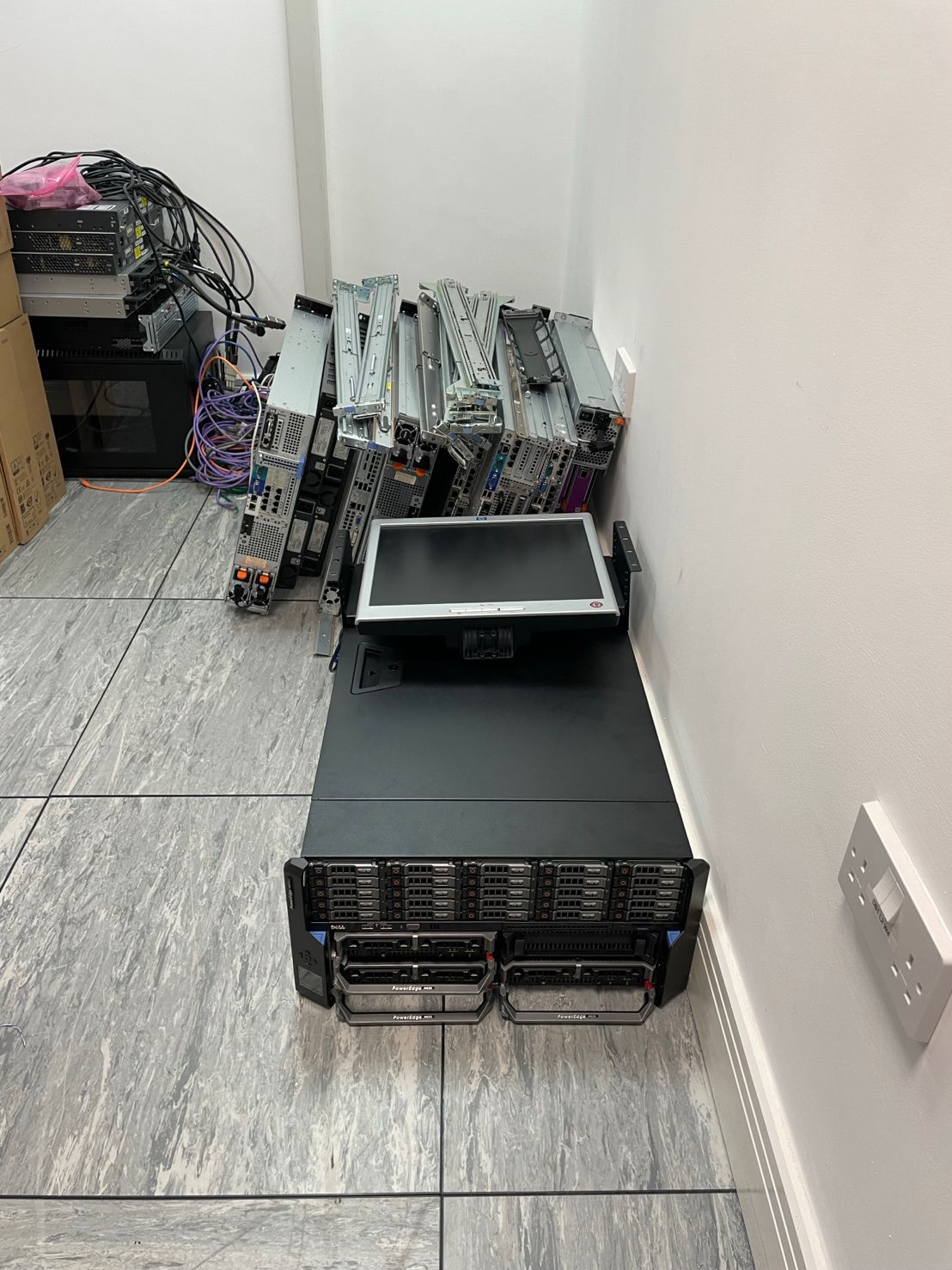It’s 2025, and many small and medium-sized businesses are still relying on physical servers and outdated on-premises technology. If that’s you, ask yourself: why?
For years, servers were the backbone of IT — managing user identities, storing files, running email, deploying software, and handling security. But the world has changed. The cloud is no longer “the future” — it’s the present. And clinging to old infrastructure is now holding businesses back.
Let’s talk about why it’s time to leave server hardware, legacy systems, and traditional management tools behind — and what you should be doing instead.
The Identity Shift: From Active Directory to Entra ID
Most organisations still running servers are doing it because of one thing: Active Directory. It’s what you’ve always used to manage user accounts, group policies, and access to resources. But it’s no longer the best option — especially if your workforce is mobile, hybrid, or cloud-connected.
Microsoft Entra ID (formerly Azure AD) is built for the way we work now. It manages identities in the cloud, enforces security policies like multi-factor authentication and Conditional Access, and gives you visibility and control over who can access what — without relying on a domain controller or VPN. Your users can sign in from anywhere, on any device, with strong security baked in. No patching servers. No failed replication. No 3am recovery plans.
Email and Collaboration: There’s No Excuse for Exchange Server
Are you still running Exchange Server in your office or data centre? Then you’re also dealing with patching, spam filtering, backups, disk space issues, and downtime risk — just to deliver email.
Exchange Online, part of Microsoft 365, takes all of that off your plate. You get enterprise-grade email with built-in security, archiving, and compliance, available from any device, anywhere. And it’s just one piece of a bigger productivity suite that includes Teams, SharePoint, and OneDrive — all working together seamlessly.
File Servers? Time to Move On
We still see file servers tucked away in offices, humming along under desks or in IT cupboards. They’re often used because “it’s the way we’ve always done it.” But modern cloud storage is simply better — for users and for IT.
With OneDrive, SharePoint, and Teams, your files are available anywhere, backed up automatically, and protected by Microsoft’s enterprise-grade security. You don’t need mapped drives, you don’t need VPNs, and you definitely don’t need to worry about replacing failed disks or buying more storage. Everything is version-controlled, shareable, and searchable.
Device Management: SCCM Had Its Day
Once upon a time, SCCM (System Center Configuration Manager) was the gold standard for managing Windows devices. But like fax machines and BlackBerrys, it belongs to another era.
Microsoft Intune is its modern replacement — built in the cloud, with no infrastructure required. It allows you to manage devices across platforms (Windows, macOS, iOS, Android), enforce security policies, deploy applications, and even provision new devices with zero-touch using Windows Autopilot.
The best part? You don’t need a config server in the corner, a VPN connection to push policies, or complex on-prem group policy hierarchies. You manage everything from a web browser — anytime, anywhere.
Security Without the Hardware
Still paying for an antivirus solution that runs on a physical server? Still using a dedicated web filter or firewall appliance to try and keep your users safe?
Microsoft has built a comprehensive, cloud-native security suite that covers everything SMBs need — without hardware. Defender for Endpoint protects your devices. Defender for Identity keeps an eye on your directory. Defender for Office 365 scans your email and collaboration tools. It all connects into Microsoft’s threat intelligence and is monitored from a single portal.
No updates to schedule. No boxes to reboot. Just up-to-date protection, all the time.
So Why Do SMBs Still Hold On?
Often, it comes down to inertia. “If it’s not broken, don’t fix it.” Or fear of change. Or a belief that cloud services are expensive.
But here’s the reality: modern IT is more cost-effective, more secure, and far more flexible than the legacy systems you’re maintaining. You’re likely spending more money (and time) keeping outdated hardware alive than it would cost to modernise.
You also gain business continuity, better remote access, stronger compliance, and simplified IT operations. Your team works smarter. Your risks go down. Your future looks a whole lot brighter.
It’s Time to Let Go
If you’re still running servers in 2025 — for Active Directory, Exchange, SCCM, file storage, or security — it’s time to take a hard look at why.
Modern SMBs don’t need racks of blinking lights to run their business. They need agile, secure, cloud-first technology that supports their growth and flexibility. The good news? You don’t have to make the move alone.
Let us help you design a modern IT strategy that works — without the baggage of the past.

